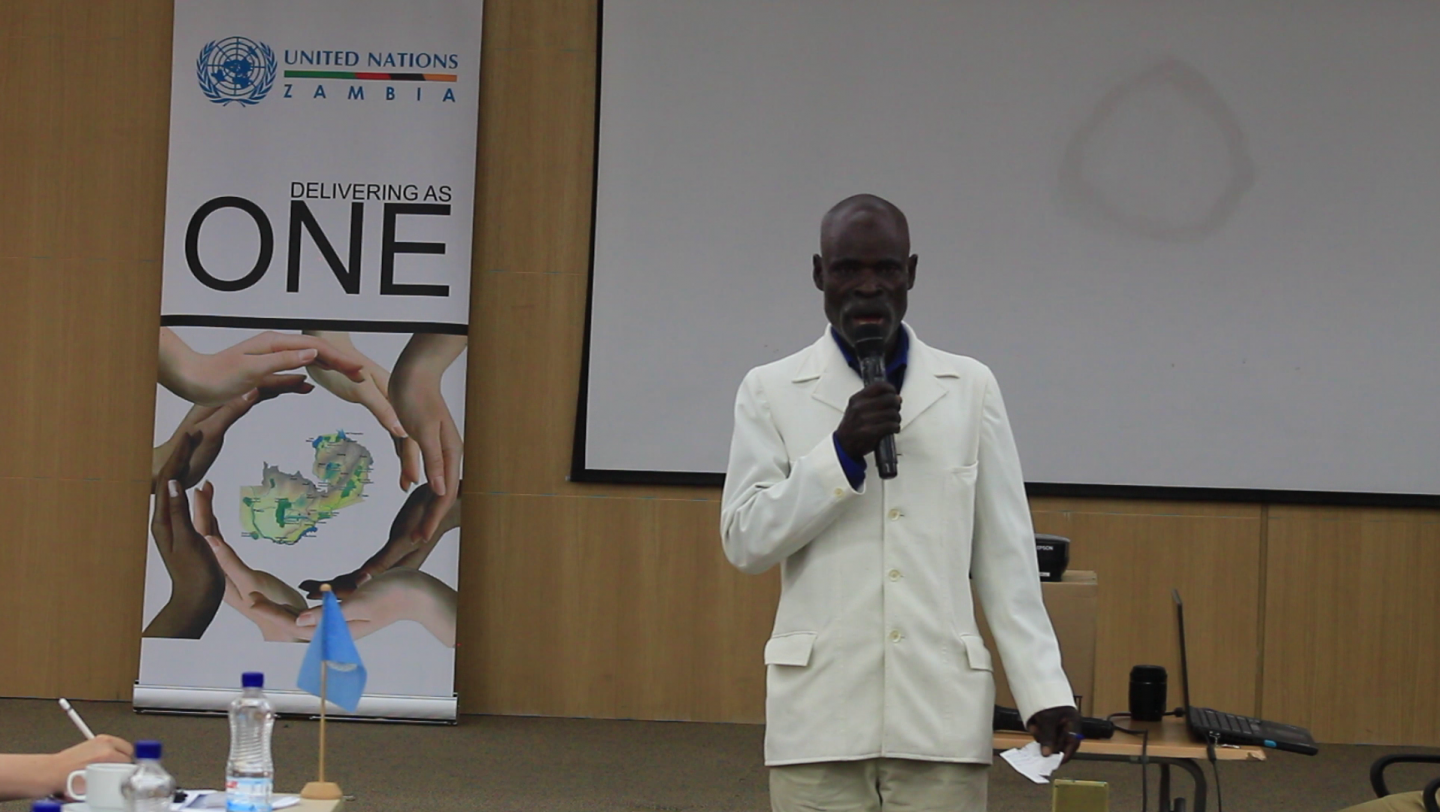Coordinating Assistance
Aid agencies can have a big impact when they work together. At UNHCR, we pride ourselves on being able to coordinate a quick and effective response in emergencies.
Our model is built on principles developed by the Inter-Agency Standing Committee (IASC), the primary method for inter-agency coordination of humanitarian assistance.
Together, we work to ensure that refugees and other people of concern receive the assistance and protection they need.
Preparing for an emergency involves risk monitoring, scenario-based contingency planning, and establishing how to deliver assistance and protection. During times of crisis, UNHCR uses this knowledge to co-lead the inter-agency response, while acting under the overall leadership of the host government.
Our Refugee Coordination Model promotes best practice in order to make refugee coordination more predictable, inclusive and collaborative. It also helps other humanitarian actors working in refugee operations, leading to better protection, assistance and durable solutions for refugees. To find out more about how we coordinate agile, effective and community-based humanitarian emergency responses, you can read the UNHCR Emergency Handbook.


